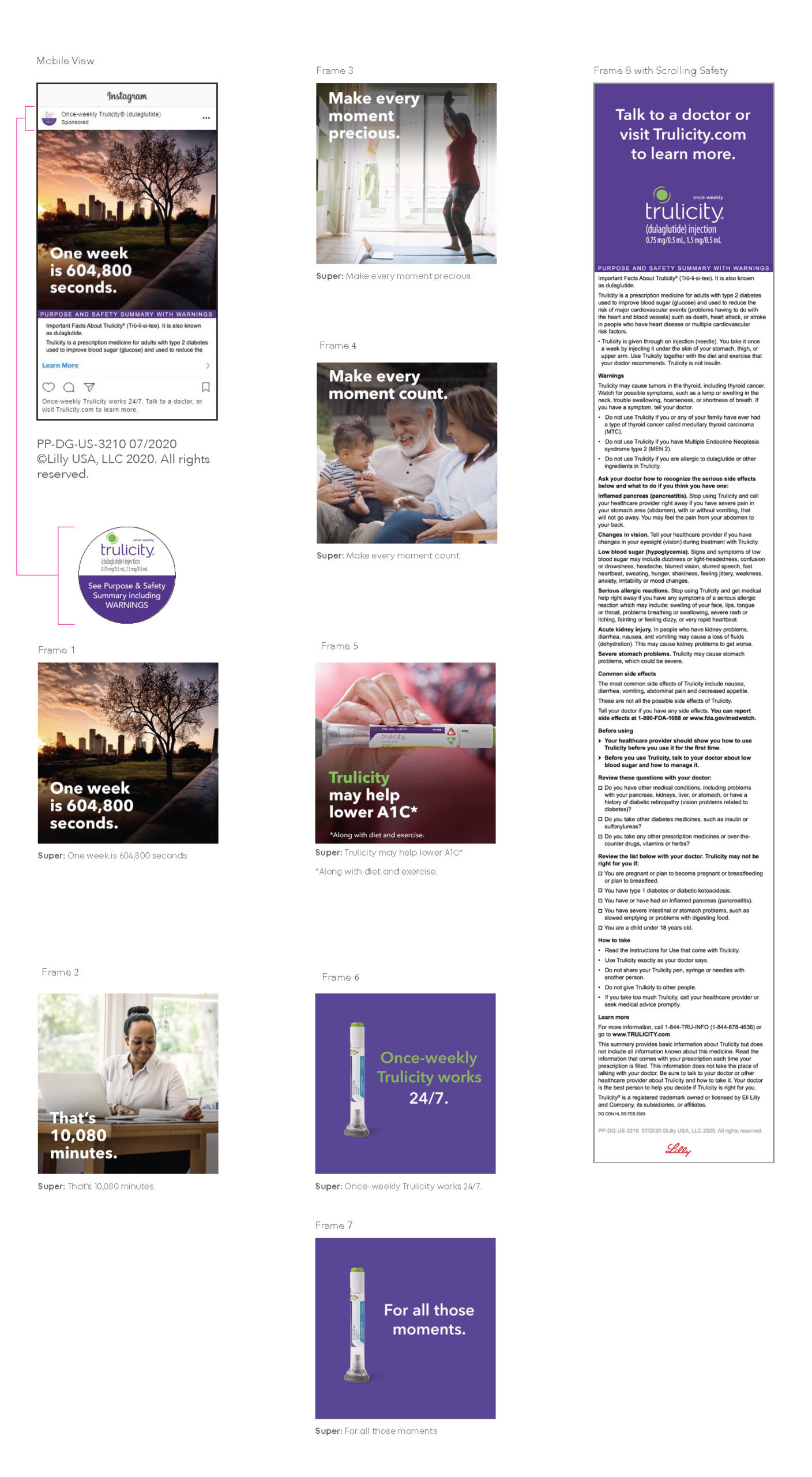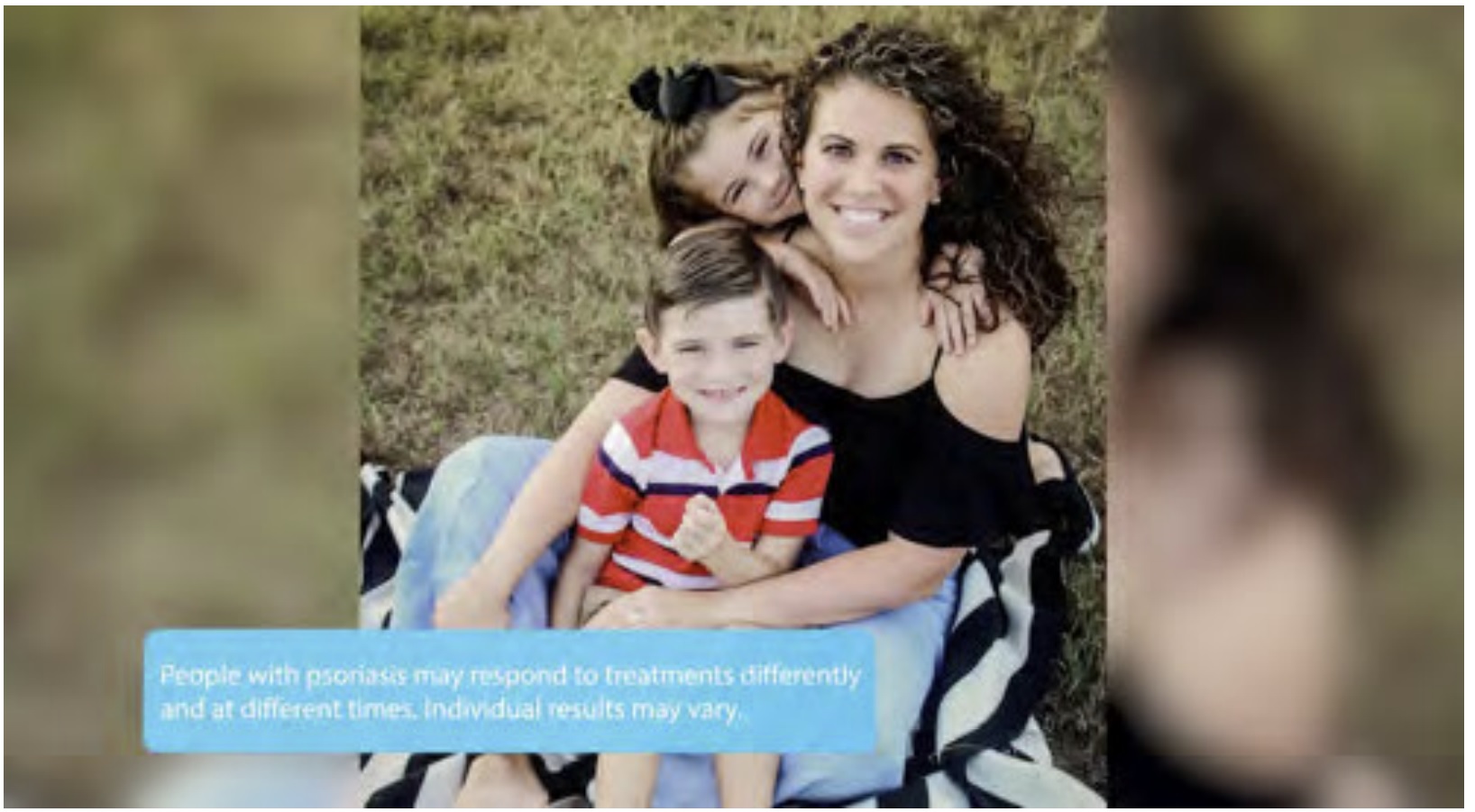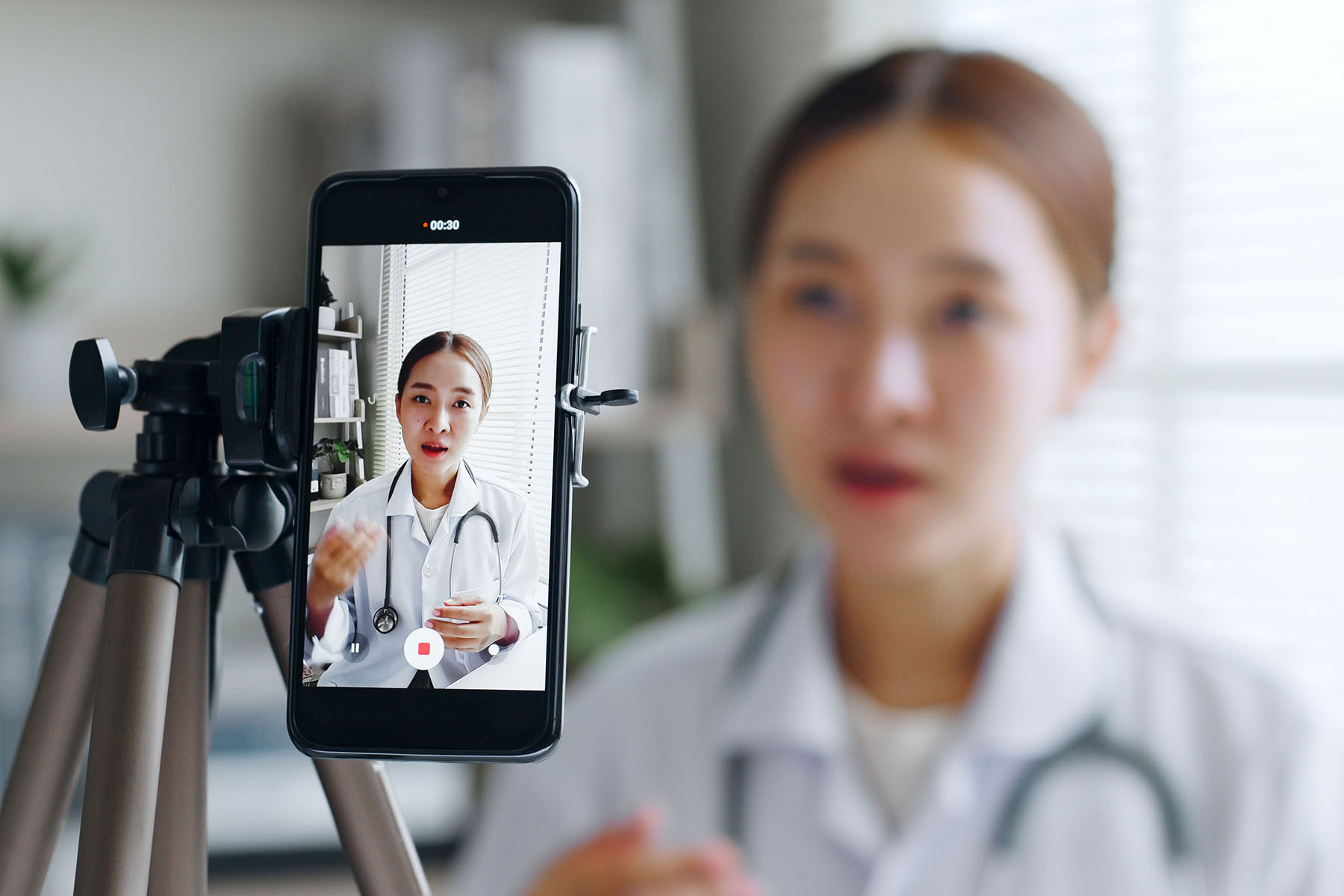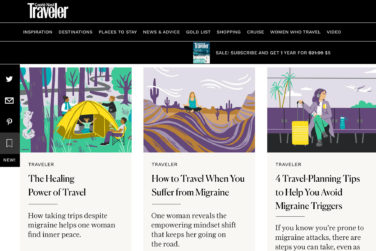2022 was a game-changing year for social media in the pharma industry. From the early changes in targeting on Facebook and Instagram, to the FDA letters that added to our understanding of the agency’s expectations, to the Twitter takeover chaos, it was a roller coaster of a year!
As we kick off 2023, what are a few things marketers could be doing differently or that pharma often overlooks?
1. Leverage influencers: We are often missing the opportunity to embrace influencers as a part of our strategy. This is especially important for rare diseases after the changes in targeting on Facebook and Instagram.
2. Leaving money on the table: We are often not maximizing our investment by using as many of the Facebook and Instagram ad placements as possible. You don’t have to be a pioneer to use these placements. Just look at the many examples of brands that have gone before you.
3. Make things move: The prominence of video went from being a recommendation to a necessity with the rise of TikTok and Instagram Reels. Far too often in pharma, we tend to create flat static ads rather than video content. In the absence of actual video, consider adding movement through light animation to capture attention and make your content stand out.
4. Put a face to it: Humanizing the patient experience is a key technique in pharma. The pandemic might have made filming patients a little more complicated, but it’s still important to represent the patients and their experiences with storytelling content that reflects their reality.
5. Let them have a voice: Our final suggestion is to turn on comments on your branded programs. While additional work is needed when opting to allow comments, the benefit of pure wisdom, product feedback, and community creation outweighs the challenges.
FDA Warning: Safety Information Can’t Be a Visual Afterthought
Many FDA letters can leave us thinking “duh” because the errors are big and obvious, but some of the recent letters have more interesting nuance to learn from.
Let’s begin with the Trulicity letter.1 First, the FDA points out an obvious imbalance in use of space, visual weight, and visual interest between the benefit information and the safety content (see image below). The FDA goes on to say that this post prominently presents the benefit claims and representations about Trulicity emphasized by colorful, compelling, and attention-grabbing fast-paced visuals that make up the majority of the post in a video with frequent scene changes, busy scenes, and large moving superimposed text along with other competing modalities such as the strong, fast-moving musical beat. In contrast, the risk information is in a small window relegated to the bottom of the post and presented using fast-paced scrolling small font that is difficult to read and cannot be adequately processed or comprehended.

The scroll speed of the important safety information (ISI) is one of the less obvious things that marketers may not think of, but is still top of mind for the FDA. Also, the combination of the lengthy delay in the beginning of the scroll with the content included in the resting ISI preview is a potential concern because it does not include a strong warning statement to capture the initial attention of the viewer.
This letter reminds us that although some channels, such as Instagram, might be a visual platform, the requirements to ensure the balance of the visual presentation of ISI as compared to the benefits statements must be met.
FDA Warning: Contradictory Visuals Won’t Fly
The Duobrii letter2 gives us a new awareness of not only the inclusion of appropriate risk information but that a video can contradict or compound the secondary messages to the audience. The direct-to-consumer (DTC) portion of this letter is focused on a video shown on the Lifetime TV show “The Balancing Act.”
Duobrii has risks including harm to a fetus and photosensitivity. In the video, the patient is seen outside at a park with her children wearing a top that exposes her shoulders and arms yet the risk of sun exposure increasing the potential to have sunburn was not included anywhere in the video (see screenshot below). Compounding the misinformation, the patient states: “Coworkers, my husband, my kids, even my students would notice my elbows. So I would wear a lot of three-quarter length shirts even when it was warm outside…” This statement indicates that a patient does not need to take measures to avoid exposure to sunlight after treatment with Duobrii when this is clearly indicated in the risk profile.

The video also fails to include material facts about the embryofetal risk. This warning from the label includes the guidance that women of childbearing age should obtain a pregnancy test within two weeks prior to beginning Duobrii lotion therapy.
The letter goes on to say: this omission is especially concerning given that the patient, who appears to be of childbearing age and is seen with two young children, states: “I’ve been using Duobrii for two years, it works for my routine. I have cleared my plaque psoriasis on my elbows. I didn’t have flaky skin, it wasn’t sore, it wasn’t red. When I have a flare up, I apply it.”
This last sentence appears to mean that a female of reproductive potential can initiate Duobrii treatment or use it whenever she has a psoriasis flare up without the needed risk mitigation for the birth defects associated with use of the drug including pregnancy testing and use of birth control.
To summarize, the FDA’s clear warning is to also consider the less obvious messages based on the selection and location of content that features patients.. While this video wasn’t posted on social media, it’s safe to assume videos and images on any platform should adhere to the FDA’s restrictions mentioned here. We must evaluate the lifestyle images, or B roll, for claims and contraindications.
Is TikTok Safe for Pharma?
While the pandemic drove a significant increase in social media use overall, the clear winner of the past couple of years has been TikTok. The use of the platform signals a seismic shift in the way condition information is discussed on social media. On the previous generation of platforms, the deep conversations happened in closed groups or via anonymous exchanges. Outside of focused condition education content, the conversations were shallow and often driven by an awareness day or month. But TikTok is powered by the stories and experiences of a generation that is far more comfortable with being transparent. These participants loudly proclaim their condition and share their story to grow awareness and help others.
Even healthcare providers are recognizing the value of this platform. Some have joined and started participating. Some are even directing their hard to diagnose patients to search through various hashtags to perhaps find a direction for the doctor to test.
With all this amazing goodness coming from TikTok, why is pharma, as usual, late to the game? Other than the widely publicized and ongoing concerns about the platform’s creators, country of origin, and ongoing access, a more subtle concern within pharma is about TikTok’s terms for use.
Within the TikTok Commercial Terms of Service a paragraph reads:
By submitting Your Content through the Commercial Products, you grant TikTok a non-exclusive, royalty-free, worldwide, transferable, sublicensable license to access, use, host, cache, store, display, publish, distribute, modify, and adapt Your Content in order to develop, research, provide, promote, and improve TikTok’s products and services.
In the License to Users section, it says:
If you are submitting Your Content through the Commercial Products for the purpose of publication on the TikTok app, TikTok website, or any other digital property (the “Display Sites”) you acknowledge and agree that users may use and interact with Your Content on the Display Sites and elsewhere. For example: (i) liking, commenting on, or sharing Your Content; (ii) extracting all or any portion of Your Content to produce their own content; and (iii) retaining Your Content even after your use of the Commercial Product is complete.
(f) The scope of the license you grant us above will depend on certain controls or settings in the Commercial Products that allow you to manage how your Content is used both on and off the Display Sites, such as turning off sharing functionalities.
In the Advertising Terms, they say:
TikTok will decide, in its sole discretion, how to format, position, and size your Ad Content on Display Sites.
While each of these sections has different intentions, the general concept of the platform being able to change the content, that we in pharma work so hard to ensure is balanced and compliant, is a daunting prospect and has stopped several companies from using TikTok. It’s important to note, however, that while Meta’s terms are more specific that content changes are to format it to fit various placements, Twitter’s terms are much more like the TikTok version.
Additionally, even though TikTok has a very responsive and engaging healthcare team—and some brands have begun to use the platform—TikTok’s Branded Content Policy still has some confusing language:
Prohibited Industries
You must not post Branded Content which promotes products or services from the following Prohibited Industries.
-
- Drug-related products and services: Illegal drugs, drug paraphernalia, recreational and prescription drugs, CBD supplements.
- Pharmaceuticals, healthcare, and medicine products: Including any pharmacological product claiming health benefits, over-the-counter medicines, prescription drugs, vitamins, and powders, shakes, or gummies claiming to have vitamin or health benefits.
So, with all the promise in the world, pharma slowly creeps its way into TikTok with a bit of a wary eye toward the compliance concerns in their terms of service.
References:










